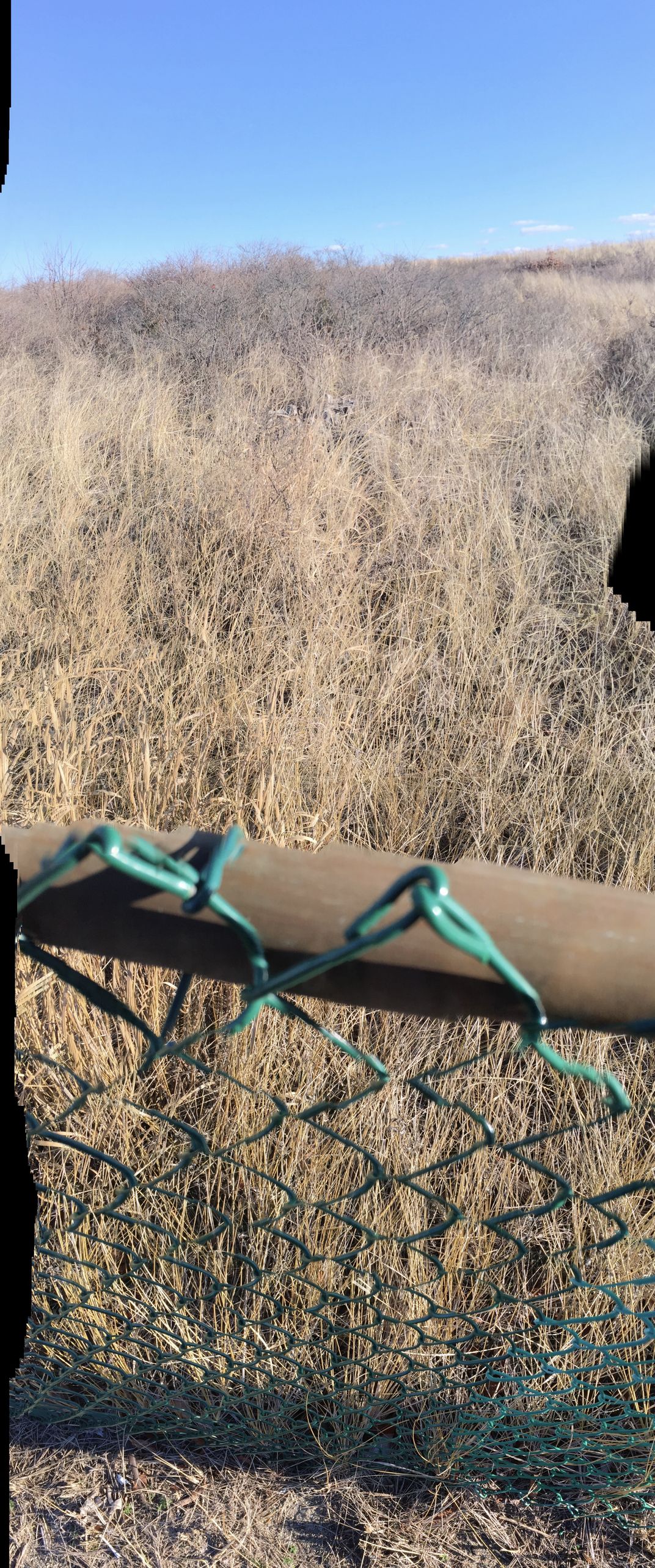For the past while i've been exploring the different ways I can capture a scene (or an object) which may or may not have movement occurring in it, but which, in every instance is being affected by the fact that I am moving the camera. Using the panorama feature on my i-phone I can now move the camera and create what is essentially a single frame of a time-lapsed event. For me, this is a whole new way to make a photograph and it's produced some really interesting and curious results. Although what’s happening does so in multiple forms, the one I'm presently most fascinated with is what I like to term "natural" distortion which occurs as the camera pans and captures the scene I am showing it. Should there also be movement in the scene itself, the results can be quite wonderful. Also, when the observer is viewing the image, and especially if they're using a touchscreen device like a smartphone or a tablet then the instrument used to create the image is the same as that used to view it. The technology allows the viewer to zoom and/or pan across the image instantaneously and you, the viewer, now get to explore the image in a much more interactive way, making the experience so much more personal. It’s quite different to the traditional way of looking at an image ie. from a static point of view. Also, because the lens can now capture such small things with such extraordinary clarity, the viewer gets to explore the various elements of the image at an unprecedented degree of detail. Hence, the technology allows both the creator and the viewer to interact with the image in a whole new way. Considering this specific image, it may at first glance appear to be a rather banal shot: a close up of an unsightly green chain-link fence, behind which lies a patch of dry, parched dune-grass stretching out to an insipid, pale blue horizon, all of it washed in bleak and harsh, icy winter sunlight. I took the shot as a reference; to give myself (and, by extension, the viewer) a context, some perspective of where I was. Overall, the image gives the impression that nothing much is going on, except that, in certain instances, the border is going out of line (which might strike the inquisitively minded as somewhat odd). And so, if you are so inclined and then take a closer look, you’ll see that some really interesting things are happening. Zoom in on the fence you’ll begin to notice that the uniformity of the wire forming the chain links is regular in some places, while in others it begins to fragment and in others still, disappears altogether. In those instances you can see the individual stems and blades of dune-grass are completely unobscured by the fence although it's still directly in front of them. So now you're seeing the same wire in 3 different states simultaneously. What's more, you're looking at this in extreme detail and the image hasn't been altered or digitally manipulated using any photoshop-like application at all. The fence is there but in certain places it's not. The wire is uniform throughout but I'm seeing it in 3 different states; regular, fragmented and invisible. simultaneously. How can this be? What makes this so interesting is that I'm using state-of-the-art technology to make an image which allows me to join the ever enchanting "things are not as they first appear" conversation, along with the fascinating discourse between art and Art, perception and reality, fracture and entropy and Space and Time.
| Date Taken: | 01.2016 |
| Date Uploaded: | 11.2016 |
| Photo Location: | Fairfield, Connecticut, United States of America |
| Copyright: | © Malcolm Plett |

